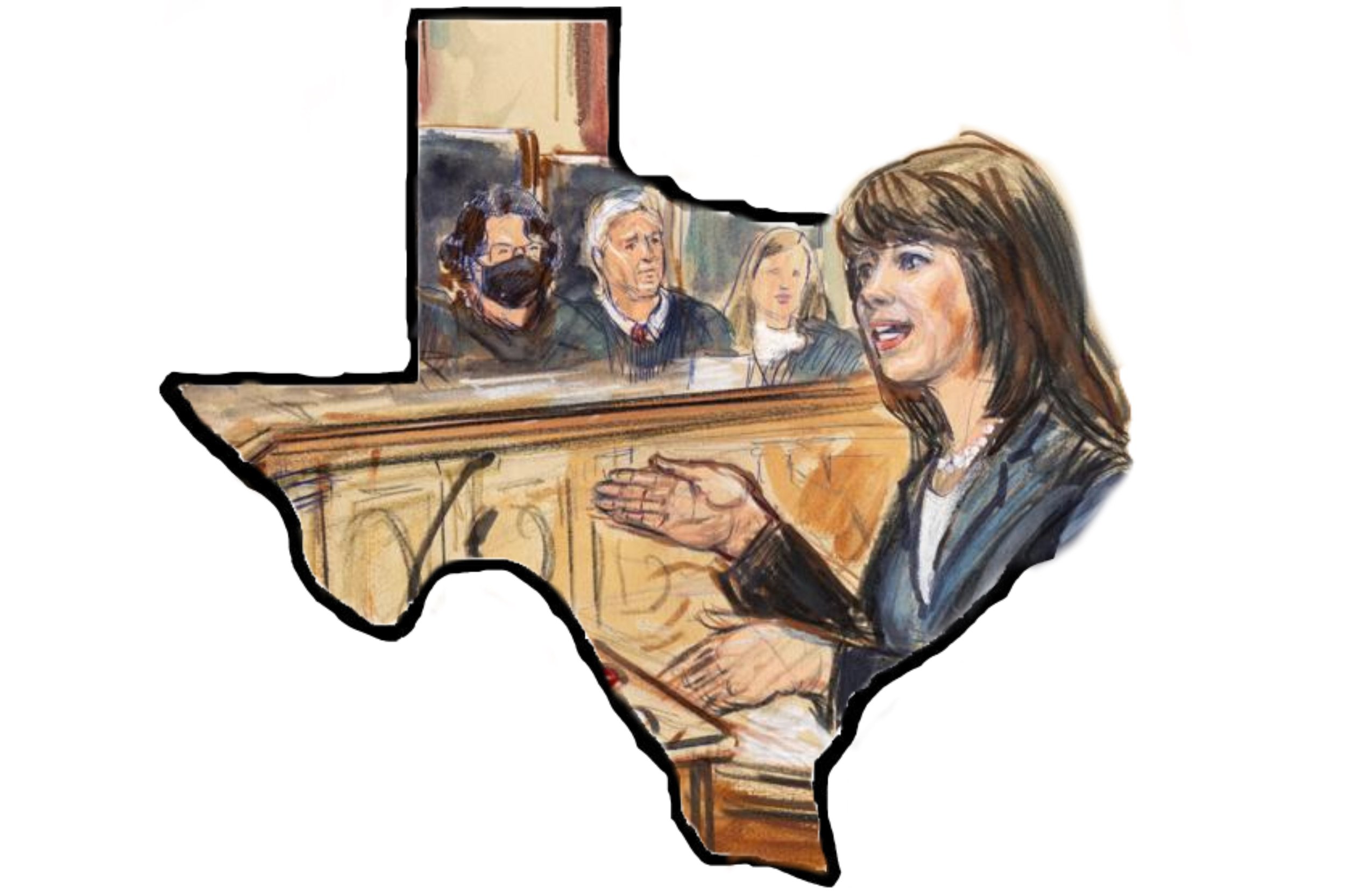The Ongoing Litigation Over Texas’s Abortion Law
By Ananya K.
December 17, 2021
In early May of this year, Texas Governor, Greg Abott, signed SB 8 into law, one of the most restrictive abortion laws in the United States yet—a law that restrictes the window of when a woman can legally have an abortion by when a “heartbeat” is detected, or six weeks into the pregnancy. The “heartbeat law,” as it has come to be called, is something of a misnomer, as the “heartbeats” detected by an ultrasound at six weeks are actually electrical impulses, not the muscle contractions of a heart. While the law drew applause from pro-life groups, abortion rights activists argue that the law is unconstitutional due to the landmark Supreme Court decision of Roe v. Wade in 1973, when the Court ruled that abortion may not be restricted beyond “viability”—later replaced by the undue burden standard in Planned Parenthood v. Casey.
In September, after multiple lawsuits were filed against the law, the Supreme Court finally broke its silence. In a statement unforseen for most, it said that the abortion providers’ emergency application to the Court had not made a good enough argument to combat the “complex and novel” procedural questions they were faced with—and did not deem SB 8 unconstitutional. However, they also stressed that their decision was not made on the basis of the constitutionality of the law, and did not limit any “procedurally proper challenges” against it. Then, SB 8 could, according to the courts, exist in harmony with Roe v. Wade, and could be challenged aside from this one ruling.
This is likely because the law does not rely on the government to police those who have abortions. Instead, private citizens may sue individuals—such as providers and doctors—who “aid and abet” an abortion beyond the law’s threshold for $10,000 plus legal fees if they succeed. This means the traditional route of challenging such laws by suing the state officials who enforce the law, like the Attorney General, is not applicable.
Throughout September and October, the Department of Justice and the Courts rallied over the law’s constitutionality—sending a message to the Supreme Court saying that if it allowed the law to stand, states could circumvent its decisions concerning gun rights and campaign financing. Additionally, the Justice Department made a request to the Court to put the law on hold, but the Supreme Court deferred it.
By the end of October, however, the Supreme Court had charted an uncharacteristically quick timeline, and held arguments for and against the law on November 1st. Two Trump-appointed judges, Brett Kavanaugh and Amy Barrett, both questioned the law, making pro-abortion activists hopeful that the law would be overturned. Kavanaugh questioned whether the blatant way the law avoided constitutional review could be used for other, malicious laws in the future. “There’s a loophole that’s been exploited here or used here,” Kavanaugh said. “It could be free speech rights. It could be free-exercise-of-religion rights. It could be Second Amendment rights.”
Barrett, on the other hand, noted that the law attempted to limit the legal arguments accused abortion providers could make against the accusations in court. Specifically, the law attempts to block defendants from arguing that allowing private citizens to sue for thousands of dollars against a woman who had an abortion could scare others seeking an abortion themselves.
Liberal justices took a stronger stance against the law, with Justice Sonia Sotomayor saying that the law was “enacted in open disregard of the constitutional rights of women seeking abortion care in Texas.” Other justices took issue with the abortion providers’ strategies to block the law from going into effect. A few abortion providers attempted to sue state judges to stop them from hearing cases brought against them. “You might appreciate that the idea of suing judges caught our attention,” Chief Justice John Roberts remarked about the situation. “That seems to me to raise a real problem … It’s hardly traditional to get injunctions against judges, injunctions against clerks, injunctions against everybody, right?”
On December 9th, a Texas State District Judge said that the law’s private enforcement mechanism was unconstitutional, but with no immediate effect, is already being appealed, and may be reversed.
The Supreme Court again declined to block the law when it ruled on December 10th, instead ruling in an 8-1 decision that challenges to the law may continue in lower courts; however, by a 5-4 vote, judges and court clerks may not be defendants in lawsuits. Instead, “officials who handle medical and pharmaceutical licenses” would be defendants, but injunctions against them would not also pause Texas’s abortion law. Voicing concern over the Court’s decision, President Joe Biden said that “while it is encouraging that the Court ruled that part of the providers’ lawsuit may continue, this ruling reinforces that there is so much more work to be done—in Texas, in Mississippi, and in many states around the country where women’s rights are currently under attack.”
As of December 16th, the Court passed the case down to the 5th Circuit Court of Appeals, likely making abortion providers’ case against the law more difficult and time-consuming. For providers and activists, the legal path forward for federally protected abortion rights continues to narrow—and as court battles over the law continue, the future of abortion rights in the U.S. remains to be seen.


